|
敬请期待中文版 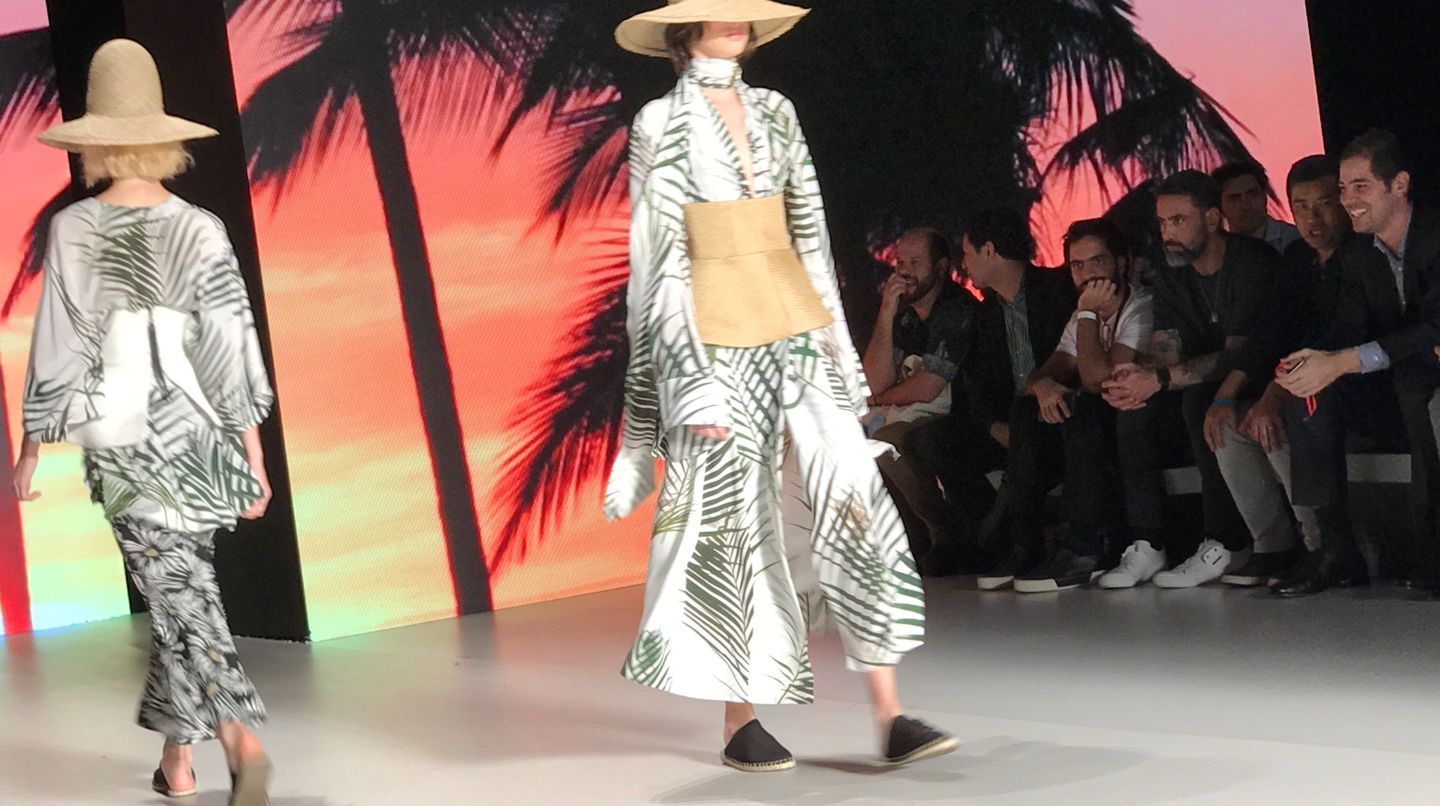 Osklen Spring/Summer 2017 @SuzyMenkesVogue Sheltering behind a line-up of woven straw hats, worn by models of both sexes, the Brazilian designer behind the Osklen label expounded his belief about linking fashion with nature: “Healthy hedonism – those special parties that begin after the beach with the sunset and going on into the night with palms all around you,” said Oskar Metsavaht to describe the mood of his resort show. The collection had a summer spirit in its sun-worshiping, paradise island backdrop and patterns devoted to the lushness of nature. The show's quirky mix of loose and floaty outfits, caught into the body by moulded waists, also celebrated sustainable “e-fabrics”. They come from Oskar's project to develop recycled, handmade and organic materials for the use of local Brazilian co-operatives or industrial groups. 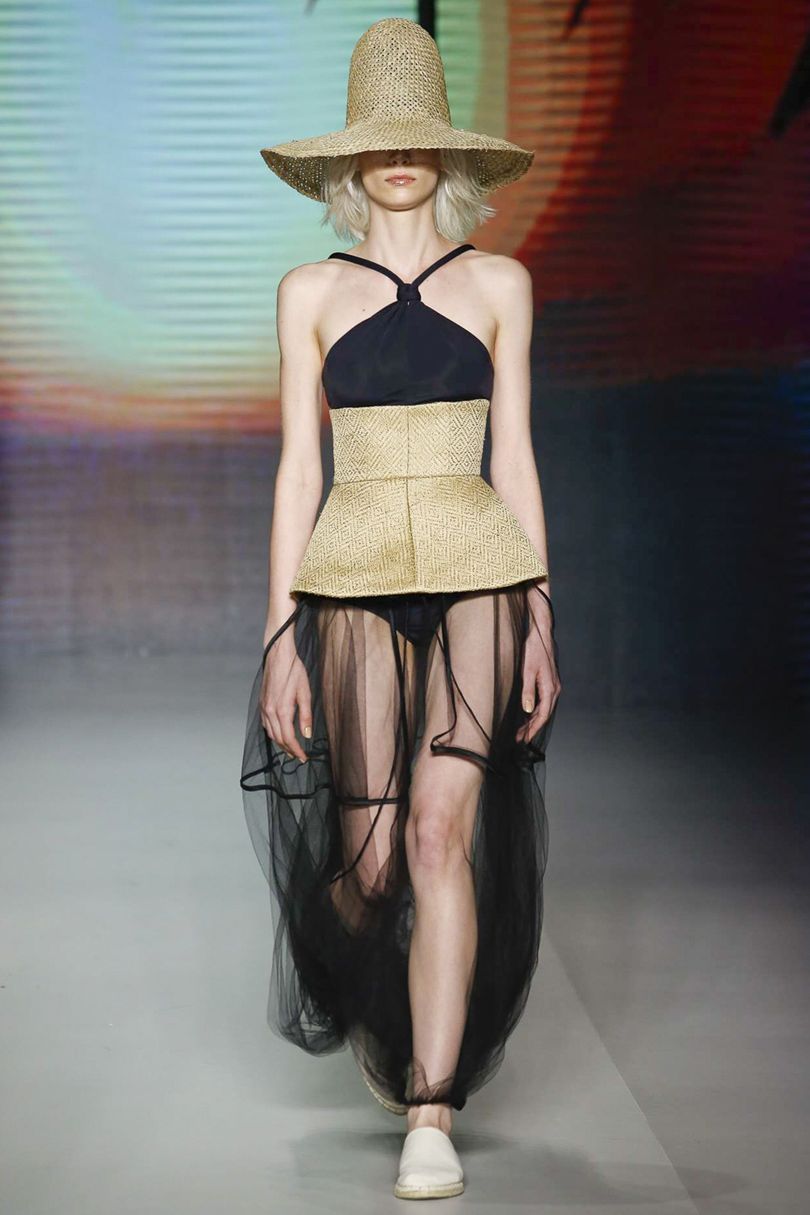 Osklen Spring/Summer 2017 Indigital Back in the 1990s, the designer's sporty winter clothes planted the first seeds of fashion respecting a fragile world. The rustic silken straw hats in his latest show took on a different dimension when I discovered that the silk had been made using a minimal amount of machinery and basic cocoons, while the colours were dyed from plants, giving financial help to subsistence farmers. Could the underlying message of the shows in São Paulo be about soul as well as body? Brazil is famous for seductive clothes. Yet the message behind the jungles of green leaves and full-bloom flowers seemed less like sexy Rio beachwear – and more like a reflection of the tropical rain falling this spring season on a city filled with luxuriant plants and unfurling tree leaves. The two things I picked up instantly in São Paulo, in a new season devoted to the current “See Now, Buy Now” philosophy, were the striking, colourful and original prints – often of flowers, and the handwork produced by designers in collaboration with small groups of suppliers, often helping marginal farmers in rural communities. 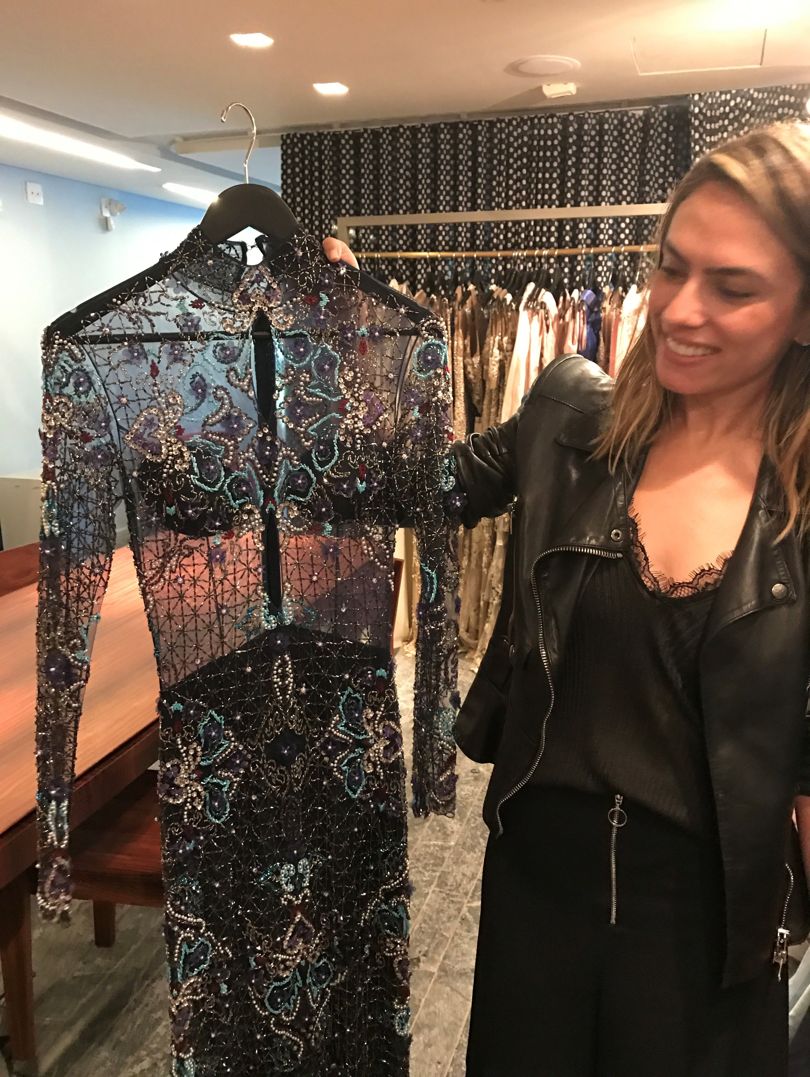 Designer Patricia Bonaldi with one of her delicate embroidered creations @SuzyMenkesVogue Patricia Bonaldi has become a super stylish “Earth mother” to embroiderers who bring delicate decoration to her lace evening dresses that are sold in Harrods in London. At the same time, she collaborates in her studio with two other designers, giving them a point of sale for potential clients in São Paulo and an opportunity to offer clothes wholesale to online and brick-and-mortar retailers. Star pieces included digitally printed knits and tailored white shirts appliquéd with – another nature reference – butterflies and bugs. 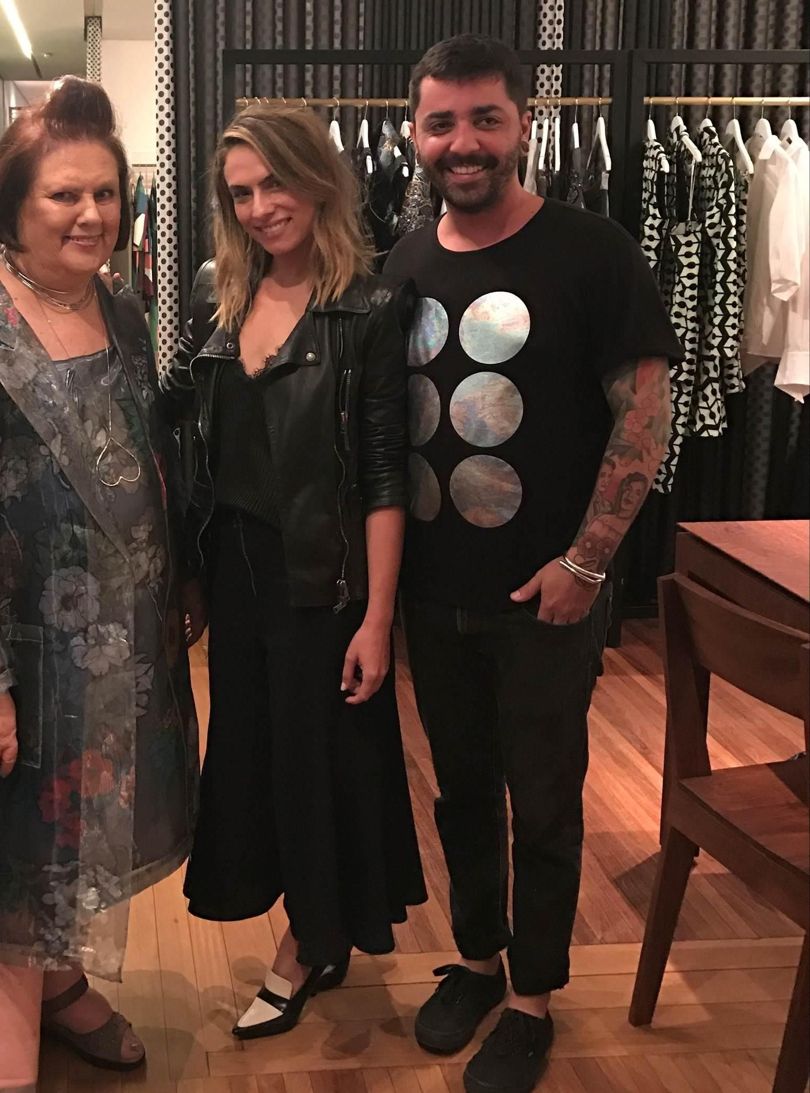 Suzy Menkes with designer Patricia Bonaldi in her São Paulo shop @SuzyMenkesVogue Alexandre Herchcovitch, a big name in Brazilian fashion even though he no longer designs under his own label, is now a leader in making new out of old. An example of his current design ethos is instructing a graphic artist to hand-paint a ferocious animal on the back of a recycled jacket. “Vintage is the future,” announced Fábio Souza who shares his À La Garçonne label with his partner Herchcovitch. Their joint venture is a vintage store in São Paulo with velvet sofas, worn wooden cupboards, framed pictures from the past, paintings, iron lamps and inflatable rubber rings – all interspersed with sporty clothes made over to mix past, present and future. 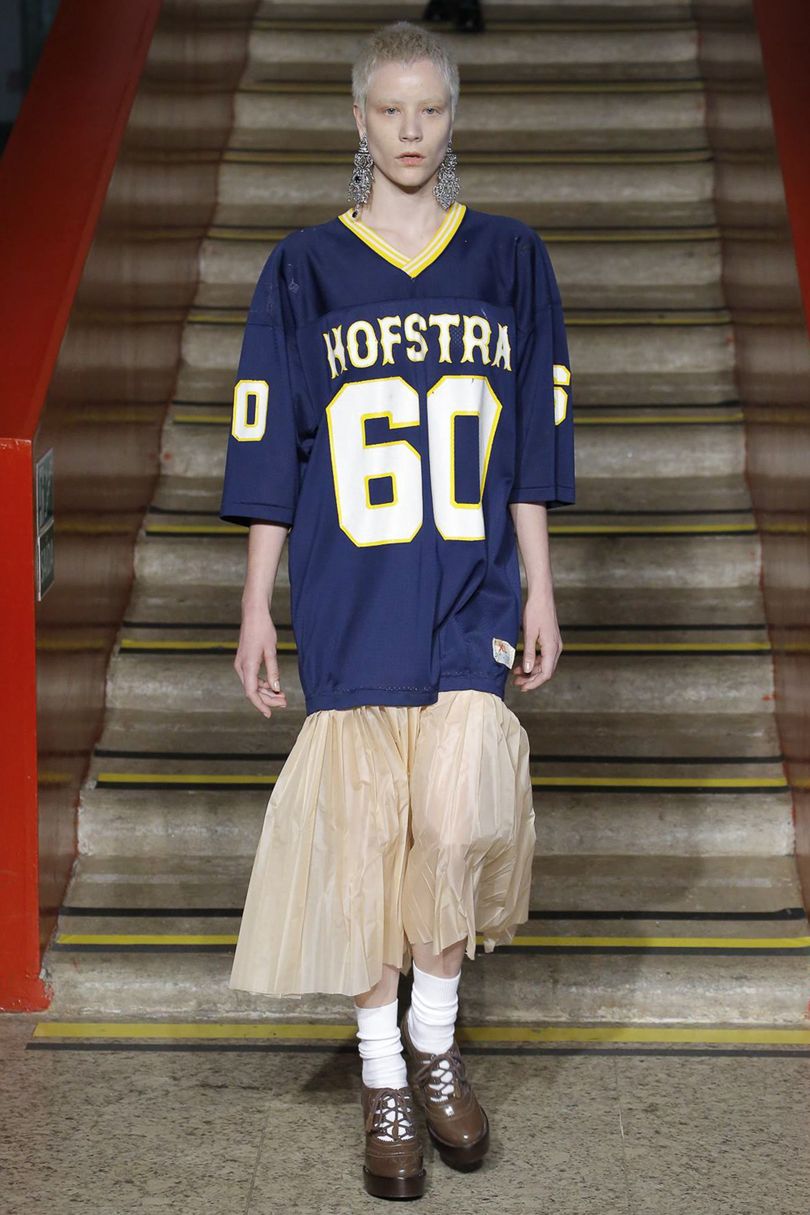 À La Garçonne Spring/Summer 2017 InDigital 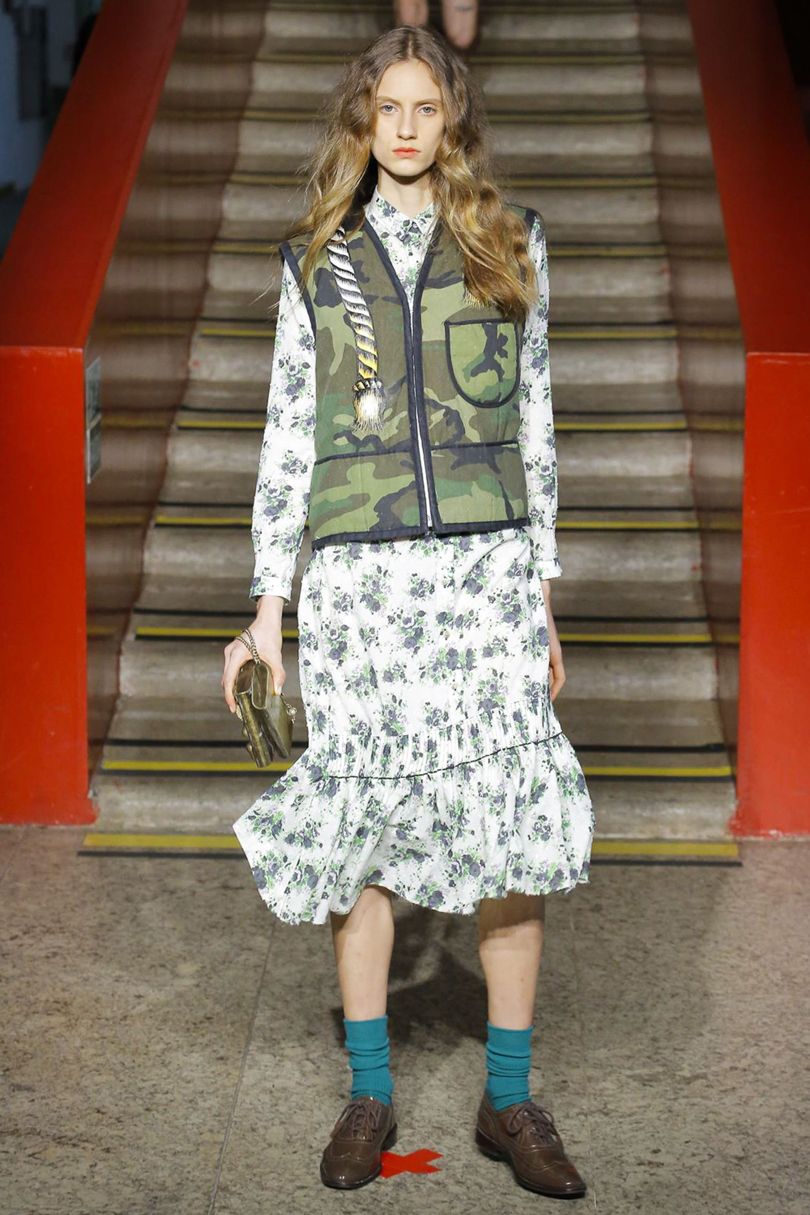 À La Garçonne Spring/Summer 2017 Indigital I had expected to see as creative influences in Brazil the architectural heritage of mid-century modernism, geometric tiles and Oscar Niemeyer's perpetual curves. I also envisaged – especially in this current digital era – graphic, computer-generated designs. But what São Paulo offered up was floral decoration. 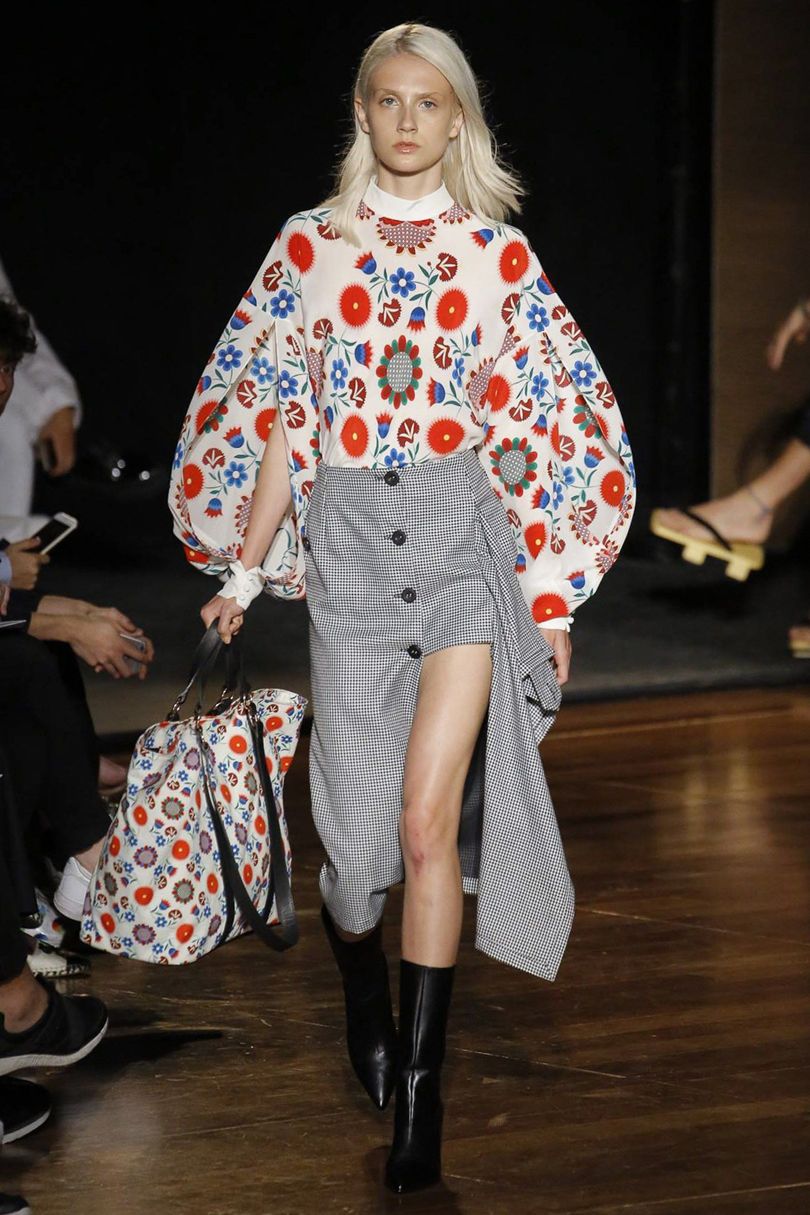 Reinaldo Lourenço Spring/Summer 2017 Indigital Reinaldo Lourenço did flowers as patterns for tops and for the tight-fitting trousers that are ubiquitous on São Paulo streets. He also had some sharper angles – notably introducing Nordic effects with graphic patterns that were given the names of Swedish cities. Another variation of the designer's straight lines came through as pleats which swung on a skirt like car wash strips, giving the collection a modern, urban edge. Flower atterns great and small, as delicate hand drawings, sample squares or printed on bold tops and dresses, prevailed in the work of Alessandra Affonso Ferreira. Her brand SISSA, which she has developed with her husband, is typically Brazilian in the way the workshop is back of house with a retail space at the front, to allow personal interactions with potential clients. 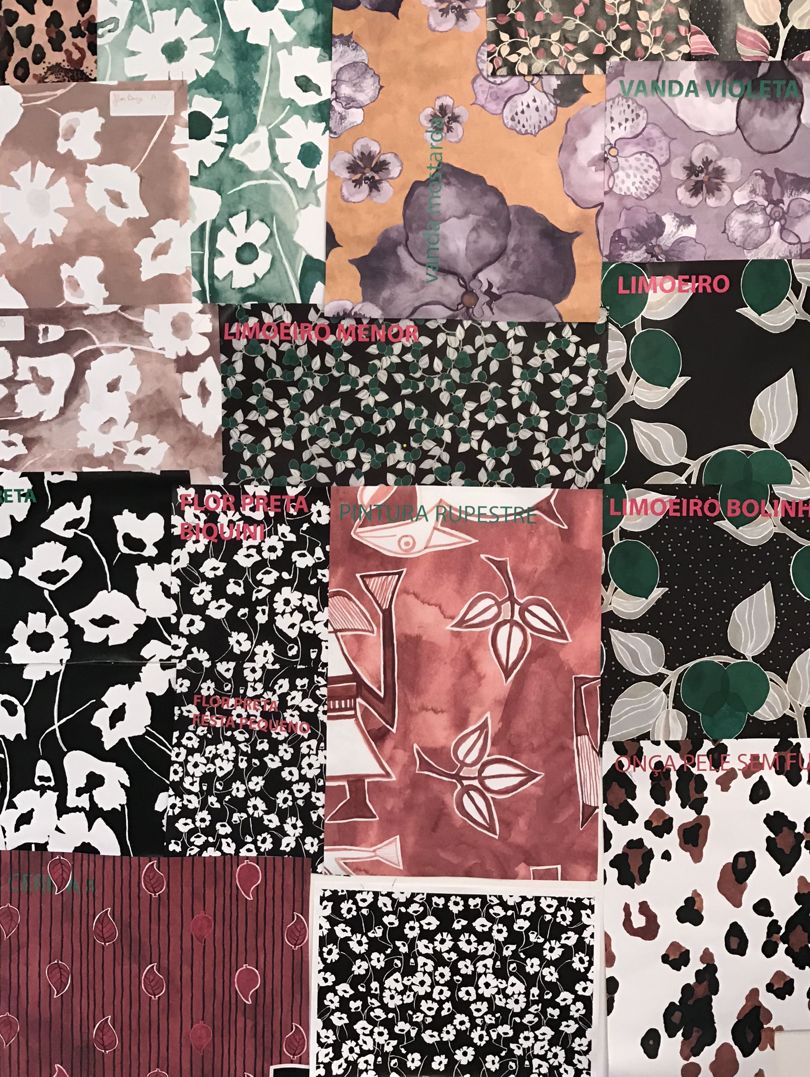 Colourful prints from SISSA @SuzyMenkesVogue Via her English mother, the designer has drawn memories of pink-haired London punks and turned them into a slightly rebellious look. But Alessandra also shares the current Brazilian yearning for ethically sound practices, and is now taking leftover fabrics from her studio and working with artisans to make them into new products.  Fernanda Yamamoto Spring/Summer 2017 Indigital The quality of workmanship is high in Brazil and designer Fernanda Yamamoto showed me how she had developed unique materials by using pieces of loose thread on sophisticated coats and dresses. 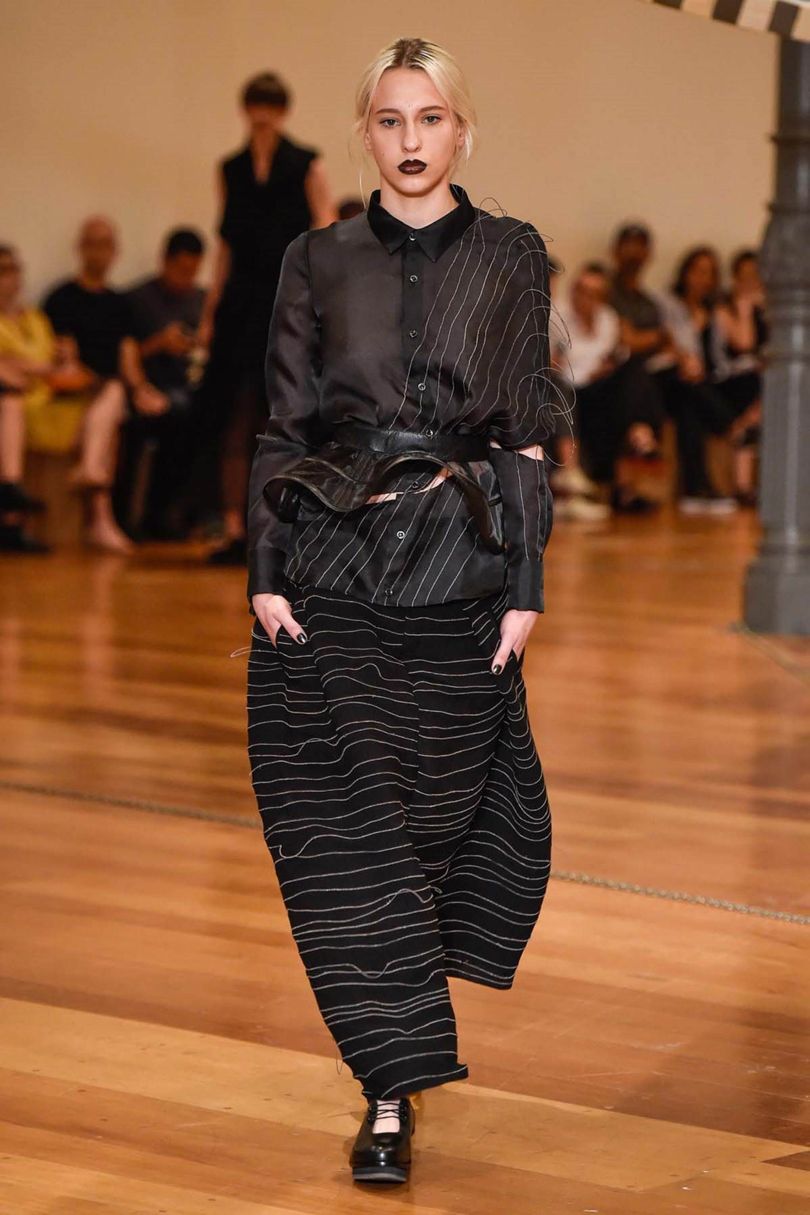 Fernanda Yamamoto Spring/Summer 2017 Indigital “Renaissance lace,” said the designer to describe her original craftsmanship with the semi-transparent weaving. The show included loose threads on a blouse cut on the bias, and enough black clothes to remind shoppers of a legacy of Japanese styles. The combination of Yamamoto as an internationally-trained fashion business person and her imaginative work brings a real alternative style to her downtown area. 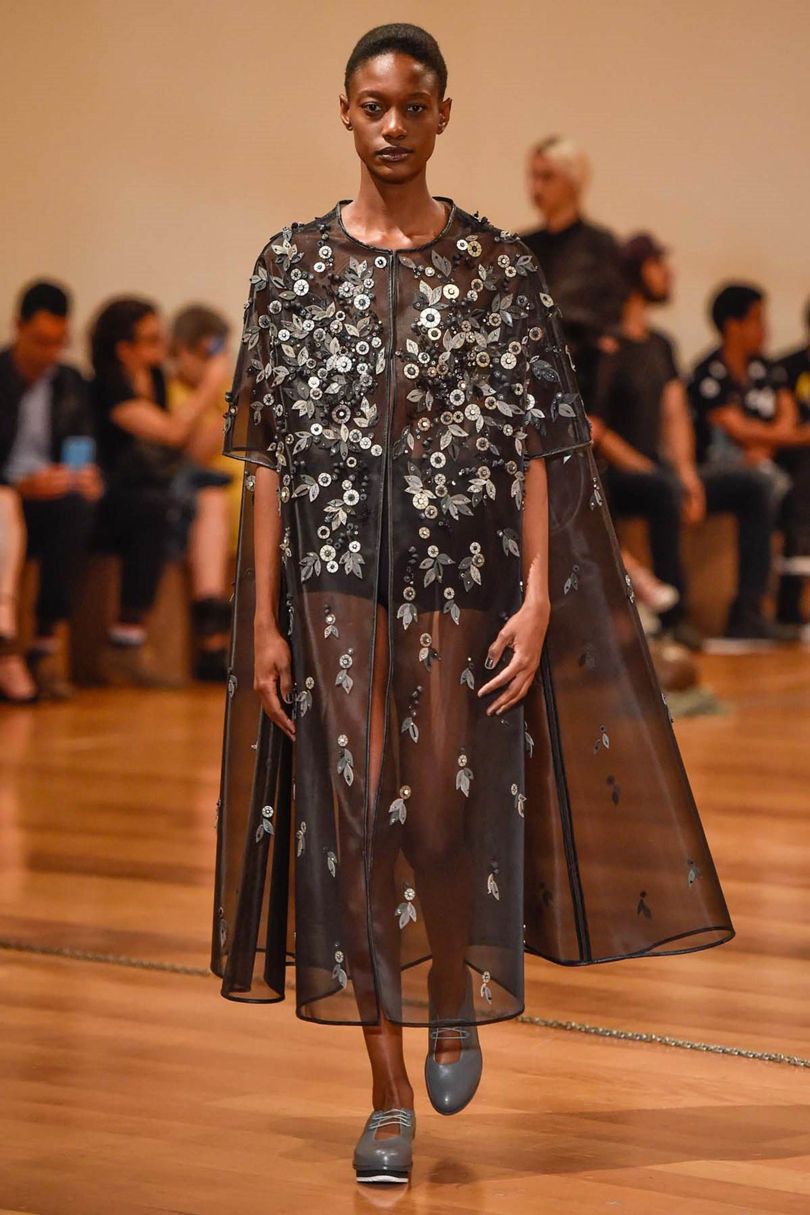 Fernanda Yamamoto Spring/Summer 2017 InDigital 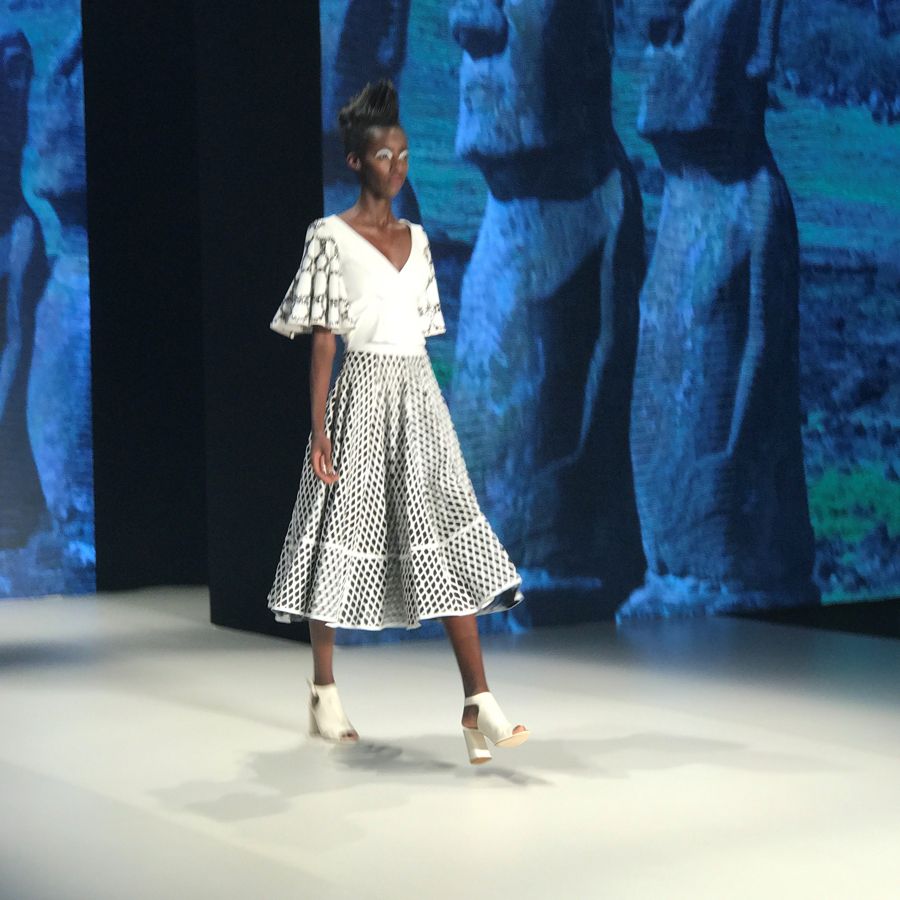 Patricia Viera Spring/summer 2017 @SuzyMenkesVogue A fine example of Brazilian workmanship came in the collection of Patricia Viera, who made every single outfit – sensual dresses, flowing skirts, fringed shawls and lacy gowns – in leather. Taking Easter Island as a theme with a vast digital backdrop of the volcanic island, the designer developed a theme that riffed on the power and variety of nature. Although it is always difficult to use only one fabric in a collection, the crafting of the different shapes and styles was impressive. What was missing in São Paulo fashion week? I wanted more of the unique energy of the city and its original artistry. Looking around the Vila Madalena neighbourhood in São Paulo where compelling street art has been offering original decoration since the 1980s, I longed to see similar effects brought to the world of fashion. 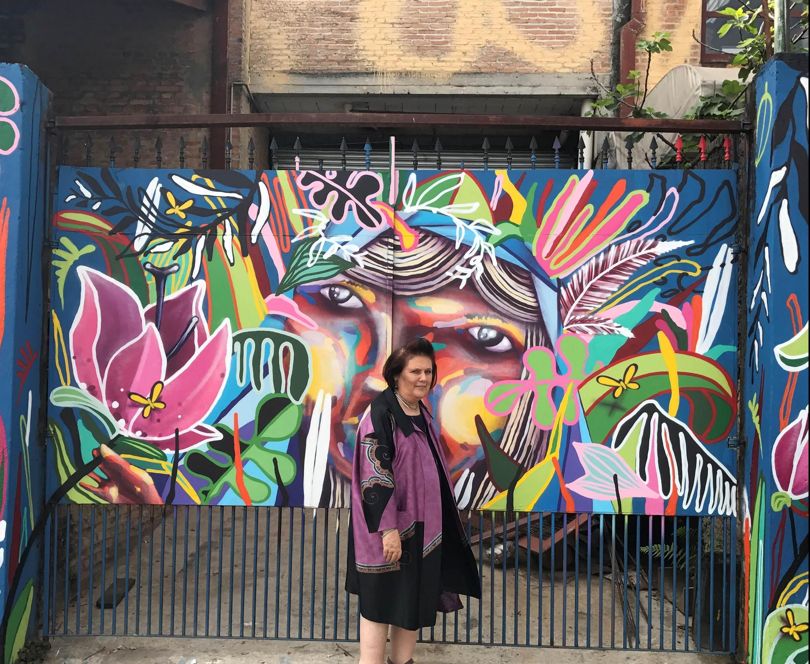 @SuzyMenkesVogue (责任编辑:admin) |
